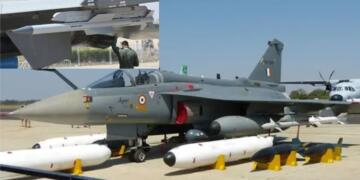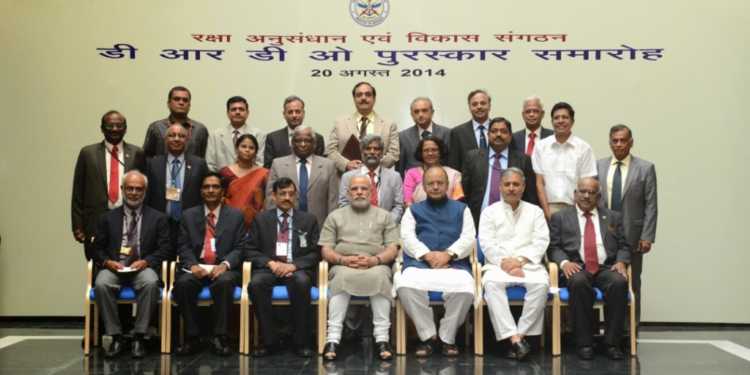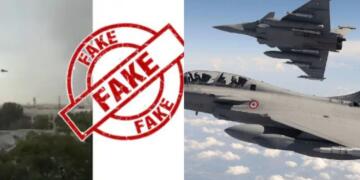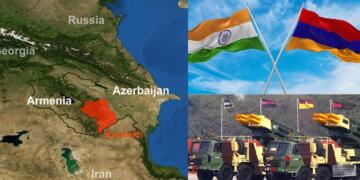Set up in 1958 along with the departments of atomic energy and space as part of the Nehruvian blueprint for the scientific and technological development of India, the DRDO began with just 10 laboratories and is now a large enterprise with over 50 labs. The mandate of the DRDO was to enable the Indian military in enhancing its operational capability, especially in areas where such technology from foreign sources was either unsuitable, denied or unaffordable.
The DRDO had to navigate through this adversarial domain with limited fiscal, HR and technological assets, and its 56-year record is mixed and muddied. The more visible success has been in the strategic domain where Indian nuclear deterrence was enabled to a large extent by the scientific and technological eco-system nurtured by the ‘trimurti’ – the atomic energy-space-DRDO combine. There are other areas such as sonars, radars and electronic warfare where the DRDO has enabled the armed forces, but the disappointment have been with regard to larger platforms such as the main battle tank, the light combat aircraft, and the Trishul anti-missile defense system. In each case, the DRDO promised more than it could deliver and consequently prevented the armed forces from importing the inventory sorely needed for maintaining appropriate operational capability. While time and cost overruns in such projects are the norms in other countries as well, the DRDO has not been able to win the trust and confidence of the user, the Indian military, and has often played the role of a dog in the manger.
The case of the failed Trishul surface-to-air missile is particularly deplorable and reeks of deliberate obfuscation by the DRDO with fabricated aspersions leading to an FIR being filed against the political and naval apex in 2006. The trust deficit between the military leadership and the DRDO is deep and bitter. This is multiplied exponentially by the complex and skewed test procedure being used by the DRDO.
The DRDO conceptualized the 5.56 mm caliber, gas-operated INSAS rifles in the 1980s in a bid to reduce the army’s dependency on foreign weapons. Manufacturing began in 1983, but it was only on January 4, 1991, that the Ishapore Rifle Factory could present a prototype. And it was not until 1994 that the first consignment of rifles was handed over to the army. It was used for the first time during the Kargil war in 1999, but not without teething troubles such as its malfunctioning in the cold Himalayan conditions. Despite its shortcomings, the INSAS remained a weapon of choice for a long time. Marketed as an indigenous assault rifle suited to battlefields and insurgency-affected areas, it is used by state police forces in Tamil Nadu, Karnataka, Bihar and Chhattisgarh.
The INSAS can fire 600-650 rounds in a minute with an effective range of 400 meters. Capable of firing a 20-round-magazine, the rifle is easy to assemble and dismantle, and has a multi-purpose bayonet that also works as a saw, wire cutter, hammer, and dagger. Chrome-plating of the barrel and firing pin makes it easy to maintain. However, its cons far outweigh the pros. Take the plastic magazine, for instance, which tends to break not only when it is dropped but also when pressure is applied by troops who have to crawl. “We have received several complaints of magazines breaking while being used on the ground,” a rifle factory official told us on condition of anonymity. In terms of design, the INSAS borrows heavily from the AK series, but implementation has been far from perfect. Take the case of the Kalashnikov-inspired rotating bolt, which carries the topmost round on the magazine to the chamber. “The rotating bolt, or chalwalepurze as it is commonly known, often moves without carrying the round,” said the BSF officer. “During an attack, a misfeed can prove lethal.”
There is also an issue with the rifle’s cavity – the bottom part of the round into which the bullet is inserted before it is forced out of the barrel by gas pressure. “The cavity gets stuck during ejection and extraction,” said an officer of the Central Reserve Police Force (CRPF) who admitted to facing this problem while using the rifle. “Even though there is a mechanism to deal with such a malfunction, one doesn’t have the luxury of time during combat.” Another potential hazard was that the cavity was prone to melting during constant firing. This was because it was made thin in order to keep the weight of the rifle to a minimum. Despite this, the “lightweight” INSAS ended up weighing over four kilograms without a magazine. In comparison, the AK-47, even with the magazine attached, weighs 3.9 kilograms.
The long list of drawbacks has led to the INSAS falling out of favour. With the army reverting to the virtually unchanged AK-47 and starting the search for 65,000 units, this has been a monumental setback for the defence industry.
The Narendra Modi government has taken its first steps towards restructuring and revamping the Defence Research and Development Organisation (DRDO) by reviving the defunct DRDO Science and Technology Management Council (DSTMC) under the chairmanship of Principal Scientific Advisor K Vijayraghavan and doubling the financial powers of the secretary, DRDO, to Rs 150 crore. The reconstituted DSTMC is a high-profile body that will chart the future of DRDO laboratories in synergy with the science and technology department. The other members of DSTMC are the secretary, DRDO; chairman, Indian Space Research Organisation (ISRO); chairman, Atomic Energy Commission; and secretaries of the Department of Science and Technology, and Department of Earth Sciences.
Instead of retired officers as in the past, chairmen of defence public sector undertakings like Hindustan Aeronautics Ltd, Bharat Electronics Ltd, BEML Ltd and Mishra Dhatu Nigam Ltd are members, along with the directors of Indian Institutes of Technologies at Delhi, Kharagpur, Madras, and Bombay. This high-power Council will do a review of the functioning of all 42 laboratories of the DRDO and existing science and technology laboratories so that there is no overlap of work and synergy between the defence, space, atomic energy and educational institutions involved in high-end research. The Council will also decide on research and development priorities in the defence sector. This means that the council will set the agenda for the DRDO to engage in top end technologies or functional day-to-day technologies. The Council’s recommendations will be sent to the defence ministry. The Council will also look into personnel management of 7,500 scientists in the DRDO laboratories and explore the idea of lateral induction of talent for a limited period from IITs and other Indian institutions. The total strength of DRDO is 30,000 personnel with even secretary, DRDO, having limited financial powers. This has now changed. According to another notification, the powers of the secretary of DRDO have been enhanced for sanctioning projects and competitive procurement to Rs 150 crore from the existing Rs 75 crore. This setup of the Council and the empowerment of DRDO secretary are all designed to boost indigenization and promote the domestic industry to build high-end platforms in order to reduce global reliance for military hardware, in line with the government’s Make in India campaign.

































